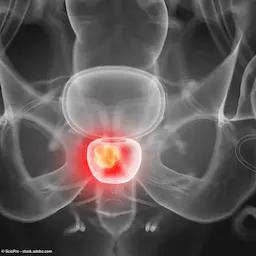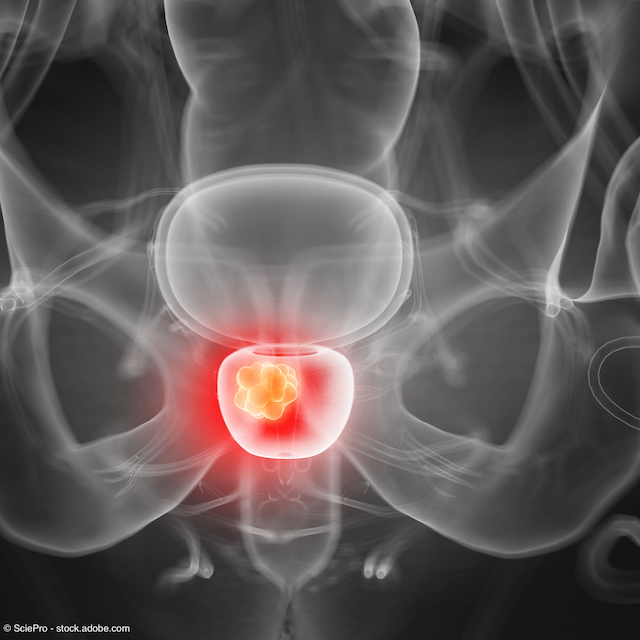Opinion
Video
Amar Kishan, MD, highlights ongoing research on reducing toxicity in SBRT
Author(s):
"For the MIRAGE trial specifically, we're going to continue following patients and we'll look at [data at] 5 years as well," says Amar U. Kishan, MD.
In this video, Amar U. Kishan, MD, shares future research directions based on the MIRAGE trial (NCT04384770), which compared the use of aggressive margin reduction with MRI-guided SBRT to standard CT-guided SBRT. Overall, the study showed that both short-term and long-term toxicity were reduced with the use of aggressive margin reduction with MRI-guided SBRT compared with CT-guided SBRT.
Kishan is a professor and executive vice chair of radiation oncology at the University of California, Los Angeles.
Video Transcript:
For the MIRAGE trial specifically, we're going to continue following patients and we'll look at [data at] 5 years as well. What are the outcomes at that point? Sometimes these numbers seem arbitrary, but they are benchmark indicators within oncology: 2-year patient reported outcome toxicity and 5-year patient reported outcome toxicity and clinical outcome as well. That will be the next step for the MIRAGE patients specifically.
Our group and others do a lot of work on reducing toxicity. Things that we're looking at are, are there ways to do 2 mm margins with the CT-guided? We are actively looking into that as well. Are there ways to improve on even the MRI-guided with 2 mm, using something called adaptive radiotherapy, where we make changes to the radiation plan on a daily basis based on the patient's anatomy of the day; [that's] the next level of technology. We'll be looking at that also. And then finally, an area of interest of ours is, is there a way to predict which patients are genetically more prone to toxicity after radiotherapy? Obviously, that would be great to be able to identify that beforehand. We're working on that as well. These are what are called germline biomarkers of toxicity, and so we're evaluating those too.
This transcript was AI generated and edited by human editors for clarity.















